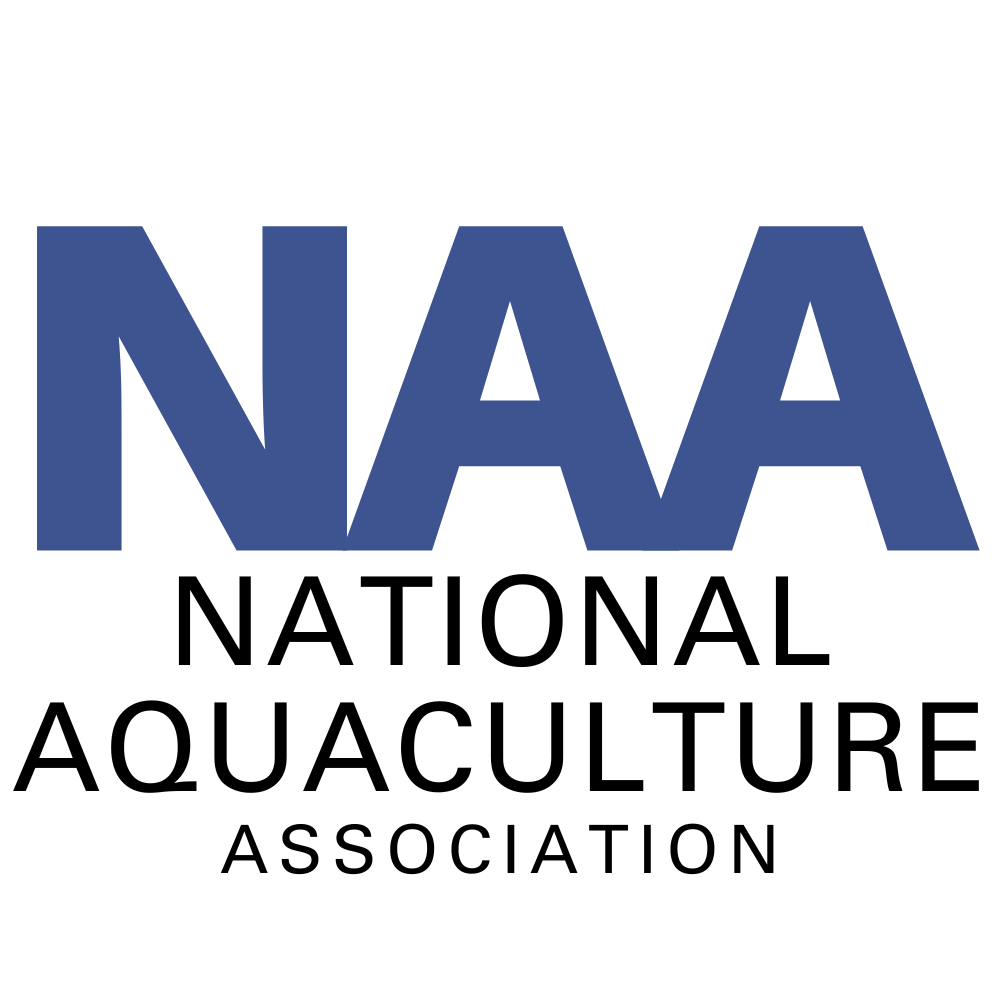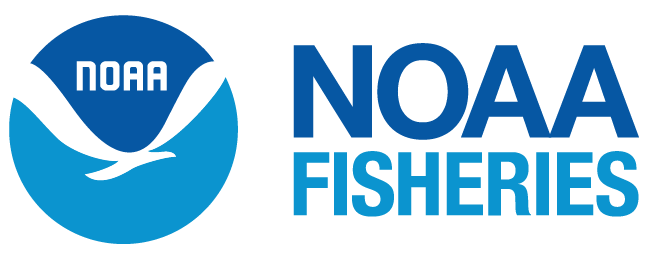
NOAA Proposes Adding Aquaculture “Fisheries” to Marine Mammal Protection Act Regulations
Today the National Oceanic and Atmospheric Administration, National Marine Fisheries Services (NMFS), posted a Federal Register notice entitled, “Marine Mammal Protection Act List of Fisheries for 2025.” The agency is seeking public comment on changes to their List of Fisheries regulated under the authority of the Marine Mammal Protection Act (MMPA).
The proposed List reflects new information on interactions between commercial fisheries and marine mammals. NMFS must classify each commercial fishery on the List into one of three based on the level of mortality and serious injury (M/SI) of marine mammals that occurs incidental to each fishery. The classification of a fishery on the List determines whether participants in that fishery are subject to certain MMPA provisions, such as those regarding registration, observer coverage, and take reduction plan requirements. The classifications are:
- Category I: frequent incidental mortality/serious injury of marine mammals.
- Category II: occasional incidental mortality/serious injury of marine mammals).
- Category III: remote likelihood of or no known incidental mortality/serious injury of marine mammals).
Regulatory implications:
Owners of vessels or gear engaging in a Category I or II fishery are required under the MMPA to register with NMFS and obtain a marine mammal authorization to lawfully take marine mammals incidental to commercial fishing operations. The take of threatened or endangered marine mammals requires additional authorization. Owners of vessels or gear engaged in a Category III fishery are not required to register with NMFS or obtain marine mammal authorization.
Pertinent to US aquaculture, these new or revised “fisheries” are proposed.
- Alaska invertebrate aquaculture fishery as a Category III fishery. Operations occur statewide but are primarily in Southeast Alaska, Prince William Sound, and Kachemak Bay. Invertebrate aquaculture in Alaska is generally stationary aquatic farms for commercial production of oysters. Gear is stagnant in the water and generally occurs in shallow depths with an average aquatic farm depth 15 feet. Invertebrate aquaculture is managed and permitted by the State of Alaska.
- Alaska macroalgae aquaculture fishery as a Category III fishery. Operations occur statewide but are primarily in Southeast Alaska, Prince William Sound, and Kachemak Bay. Macroalgae aquaculture gear is stagnant in the water and generally occurs in shallow depths with an average aquatic farm depth 15 feet. Macroalgae aquaculture is managed and permitted by the State of Alaska.
- Maine aquaculture rafts fishery as a Category II fishery. Gear consists of a steel beam frame with wooden crossbeams supporting vertical lines with floats.
- Maine to Florida bottom culture (trays/cages) with buoys fishery as a Category II fishery. Gear consists of a cage resting on the seafloor to seed or further grow out shellfish. The cages are attached with a vertical line to a floating buoy on the surface; vertical buoy lines present a known risk of entanglement of large whales in many other fisheries. Harvest species in this fishery include mussels, oysters and other shellfish.
- Maine to Florida longline aquaculture fishery as a Category II fishery. Gear consists of a main horizontal longline that is moored, anchored or supported by poles. From this line extend any of the following: (1) bags or cages that are supported by floats/buoys (suspended floating gear), (2) vertical lines with bags or cages usually hung in horizontal rows at the surface (suspended gear), and (3) a series of vertically aligned nets or compartments ( e.g. lantern/pearl nets). These three gear types contain shellfish seed. The fourth gear configuration has target species hung directly from the lines or seeded/grown on vertical hanging lines (drop or continuous). Any of these arrangements could use vertical buoys to support the horizontal longline. Harvest species in this fishery include oysters, scallops, mussels and macroalgae.
- The Atlantic Coast from Maine to Florida on-bottom/off-bottom culture (trays/cages) fishery without buoys as a Category III fishery. Gear consists of the following: (1) mesh bags, stacked mesh bags, or cages containing shellfish seed placed directly on the seafloor that require mesh predator netting (of a variety of sizes) used as a deterrent; (2) stiff plastic mesh bags or trays resting above the seafloor on racks (a rigid table-like frame) to seed or further grow out shellfish; and (3) shell on bottom, whereby shellfish are grown in natural conditions with no containment. Harvest species in this fishery include oysters and shellfish.
- Revise the fishery description, distribution and name for the Category III finfish aquaculture fishery. This fishery operates in Maine State waters and harvests salmon species. The fishery uses net pens with rigid, circular or polygonal frames that provide overall stability and support for the netting that contains the target species. A net pen can be fixed at the surface or lowered/raised in the water column. Vertical mooring lines are used to attach the net pens to the seafloor.
The NAA will be developing comments and encourages its members potentially impacted by the regulation to do so as well and share those comments with the NAA.
Comments are due October 24, 2024 and can be submitted here.

